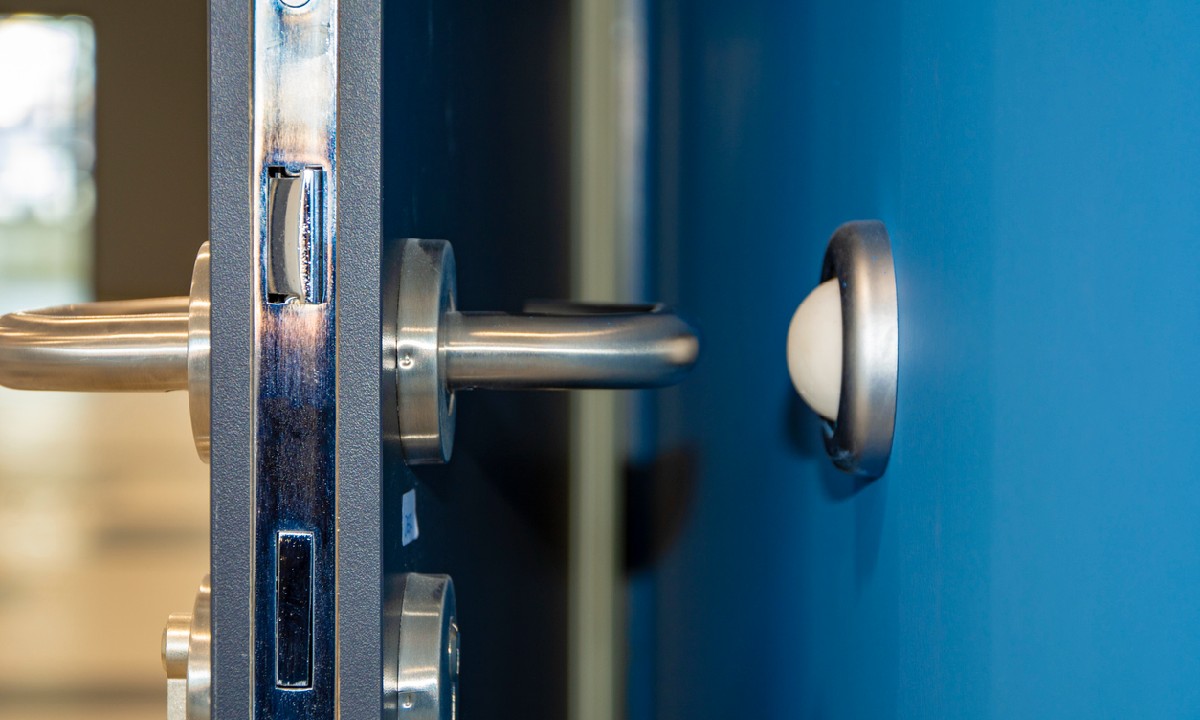Your House May Feel Cold in the Winter Because of This

It’s winter, and you decide to turn up the heat because you’re feeling cold. Then, you settle in for some TV time on the couch and realize that despite turning the heat up to its highest setting, the room remains chilly.
You reach to grab a blanket, but you’re still cold, and now you’re distracted from the movie because of the cold and also worried that your power bill may go up as well if your heating continually works on the same setting.
Fortunately, you can avoid hypothermia by figuring out the source of the chill and taking appropriate action.
REASONS WHY YOUR HOUSE WON’T HEAT UP IN WINTER
Faulty furnace, heat pump, or boiler
If a room in your home is continuously cold, you may want to check the furnace, heat pump, or boiler, depending on which one is installed in your home. Boilers use fuel to boil water to heat a home, which then travels via pipes and radiators. A motorized blower circulates air across the coils that generate heat in furnaces. The coils warm the air, which is then pumped throughout the residence. Heat pumps transfer heat from one place to another to warm your home in the winter and cools it in the summer.
There could be a variety of causes for the heating to fail, depending on what heating element you are using. It’s possible for a furnace to be unclean, a boiler’s pilot light to be out, an air filter to be blocked or pipes to be frozen. You can either call an HVAC (heating, ventilation, and air conditioning ) specialist or try to look into these problems on your own. It’s best to develop the practice of scheduling maintenance visits yearly to prevent significant problems and unanticipated breakdowns and to avoid going out of the heat when you truly need it.
Insufficient or poor insulation
The insulation of a building is crucial to its heating efficiency, as it prevents cold air from seeping inside. It’s possible that the insulation is outdated, damaged, or improperly fitted. Or, the previous owner may have skimped on insulation, installing a material with an R-value that is inadequate for the local climate. Alternatively, the insulation may have degraded due to atmospheric moisture if you reside in a particularly humid area. In such a case, you may need to repair the insulation so your home can stay warm.
Also, doors that don’t seal properly are another common cause of wind seeping into your room. A door draft stopper is a simple solution to the problem of drafty doors letting cold air into your home.
Too dry home
A heater and humidifier can provide moisture to dry air, resulting in a warmer environment without increasing the temperature. Think about it: 90 degrees Fahrenheit seems oppressive in the humid Southeast; the same temperature can feel much more manageable in the drier Southwest. An increase in humidity can make a space feel warmer even if the thermometer stays at the same reading.
Additionally, you might discover that improving the room’s humidity has beneficial effects on your health. A humidifier is a great way to combat the dry air and skin, throat, and nose that comes with using a heater in the home. You can either install a humidifier for the entire house or utilize separate room humidifiers. If you’re feeling the chill at home, raising the humidity is an easy and safe solution.
The filter is old
Every 90 days, old air filters need to be cleaned or replaced. That’s why it is prudent to assess their condition to see if they are the reason for your cold home. If the filters in an air purification system are dirty, they will have a more difficult time capturing dust and allergens. Additionally, it will be difficult for heating and cooling systems to force air through the ventilation pipes and maintain comfortable temperatures. Fortunately, replacing an air filter is a relatively inexpensive solution compared to the cost of repairing an HVAC system.
THE BOTTOM LINE!
You can use these reasons to figure out why your house remains cold in winter and take steps to fix it. The sooner you will do this, the sooner you may start cuddling up indoors for a comfortable winter.
